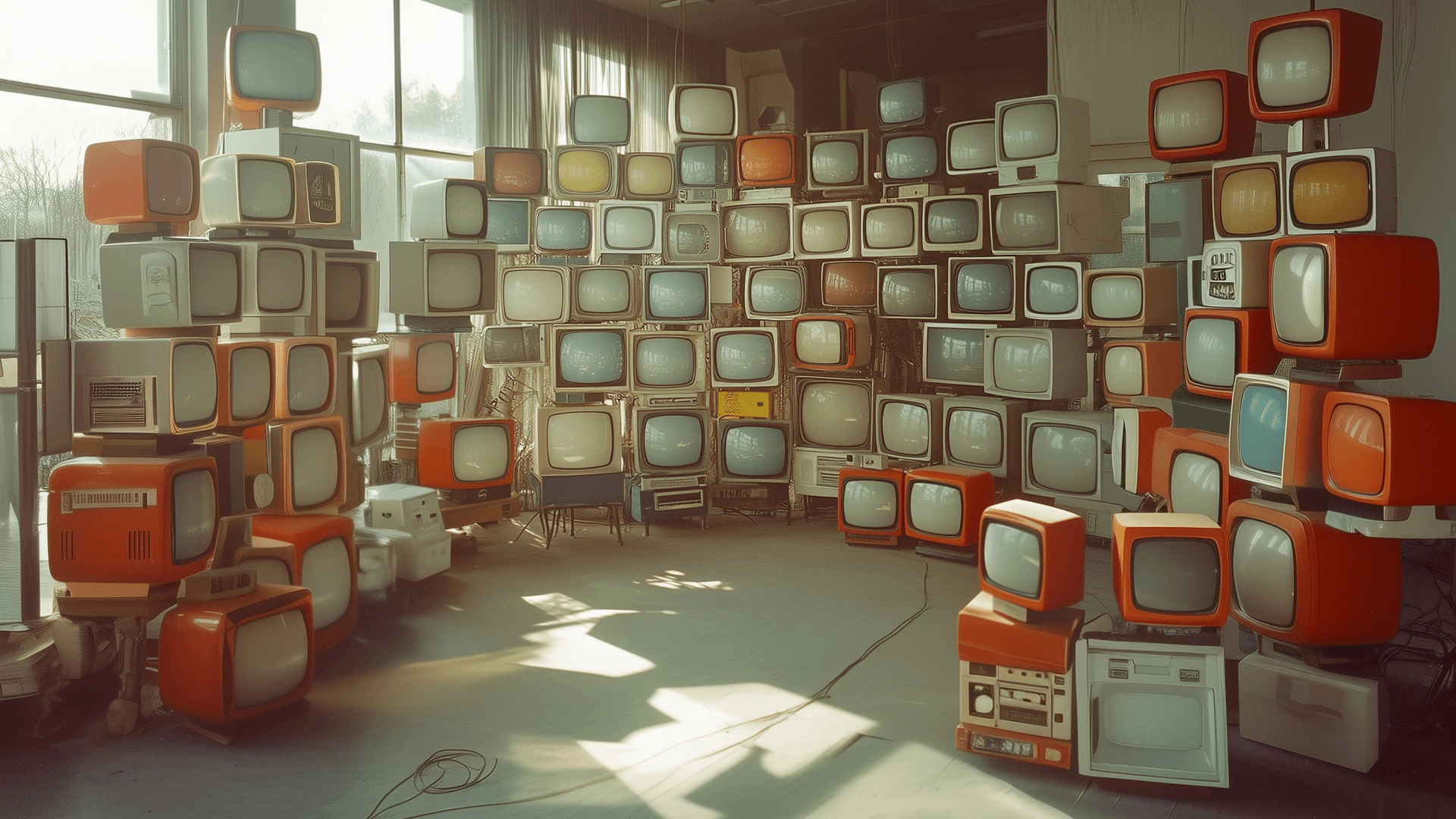In my earlier post on Brand and Direct Response, I finished up by letting you know where I felt you needed to find the other 70% of your customers once you’ve found and exhausted the first 30% of your customers, or 100% of your possible direct response audience. I started to write that post, and it turned into this post. Apparently, I have something I need to talk about before.
Let’s start with this question: Why did so much noise and money go to the direct response/digital/ programmatic/social ecosystem in the first place? Because you could make money finding and selling to your customers using this approach. This is a very true statement. But it turns out just not as much as you thought you could.
The direct response/digital ecosystem that was propping up the DTC narrative is the real canary in the coal mine. Going back to the Nike example in my earlier post (Link HERE), Nike is just the company that believed in data so much it took the red pill (performance marketing) and threw out the blue pill (brand building or Demand Creation in Nike-speak), only to realize they really need the blue pill more than the red pill. You can only shop a digital catalogue for so long before you get bored by looking at the pictures and the pricing. Without brand, performance marketing will crush a company if you have enough blind belief in the purity of data, don’t value genuine human connection as a driver of value, and are given enough time to see the painful realizations of your decisions. Brand always needs to be at the center of a thriving business.
Let’s talk about broadcast TV advertising. Why? Because TV advertising remains the literal backbone of the entire advertising/marketing industry. TV advertising was supposed by dead or well on its way to being dead by now. But not only isn’t, it’s thriving in pockets. The biggest pocket is live sports and entertainment. There is nothing like it in America to get a very large audience of people across states, time zones, beliefs, religion, to come together and have the same shared experience. This is missing from American society and live TV programming absolutely fills that void – Olympics, Super Bowl, NBA Final, Women’s NCAA Final Four, Emmy’s, Oscars, Presidential debates, etc. That is why sports and entertainment media rights keep going up and up. You are about to tell me it’s not the broadcast TV rights that are driving the price up, it’s the digital and social pieces that are. I hear you, and respond with, the Broadcast TV rights piece is definitely not going down. And group shared experiences are essential to being human. We need to remember fundamental truths of human behavior when looking at what works and doesn’t work. Advertising and marketing are no different.
What does this all mean for a brand, if you want to be taken seriously as a brand? It means that you need to do whatever you can to be on those shared experience broadcasts. And when you show up on those broadcasts, you cannot show up with unmemorable advertising that is forgotten 30 seconds after you saw it. But that is happening way too much now. Where is the humor? Where is the jingle? Where is the doing something different? How many ads can you remember from growing up? If you do, I can assure you it either had humor, a jingle, or moved you emotionally (even if it angered your neighbor). Remembrance and emotion drive sales.
In my opinion brand leaders have lost the belief in why they are making ads. Belief can often be hard. Especially when you are the contrarian in the room. To see your belief through you must stay true to a vision that you can clearly see, even when others cannot or do not want to see it. Now is the time to believe in what built the entire advertising and marketing industry in the first place: creative talent and their ideas. Why will it work again? For the exact reason it worked before. Talent in any creative business IS the differentiator. Hard stop. Nothing is different this time around except the creative talent and their ideas are now pushing against the direct response/digital/ programmatic/social ecosystem and all the money that was poured into it.
What is the fix? By doing what the advertising business did in the first place, to make this business what it is. As uncomfortable as this might make some brand leaders feel, like all great art, you need to put the artist first. We need to put the creatives back in the driver seat. Right now, most brands have pushed their creative counterparts (advertising agency or in-house) not just to the back seat, but to the third row. Behind the growth marketers and the data analysts. Let them back in the driver’s seat! Even if the car goes left, then right, then back to where it started, then left again, straight for a while, then right again, all before it goes straight again. Let it. Let the creative process be the creative process. It is an uncomfortable, messy, unpredictable, confusing and sometimes strange process. What it isn’t, is a straight line. And this is normal. Very normal. The great creatives will park the car exactly where they should, at the exact time they need to, even if it felt that much of the time from briefing until finished asset that there is no way it was going to happen. It’s just how the whole thing goes. As advertisers and marketers, there needs to be a much bigger embrace of getting more comfortable with the idea of being uncomfortable. Greatness is in the uncomfortable.

